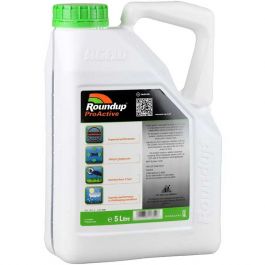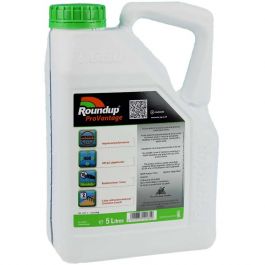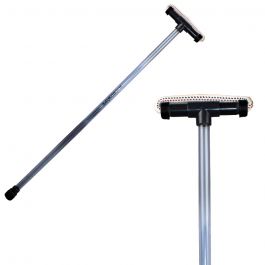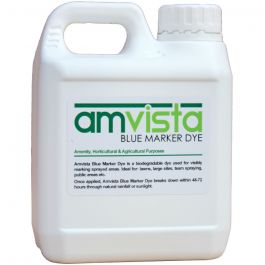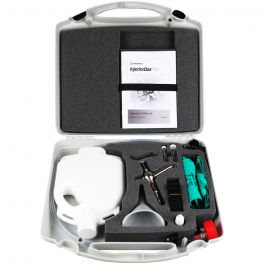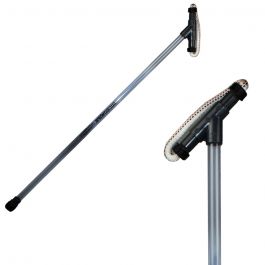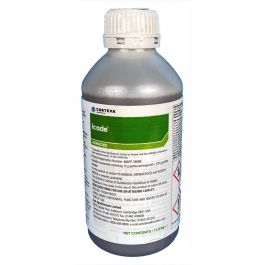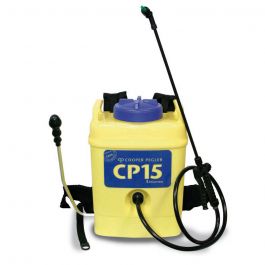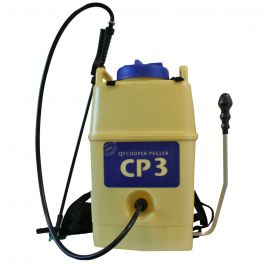How to Get Rid of Japanese Knotweed
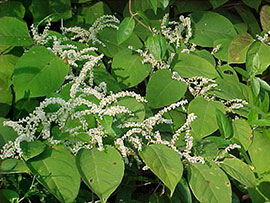
What is Japanese Knotweed?
Japanese Knotweed was introduced to the UK in 1825 and widely planted as an exotic garden ornamental before the invasive nature of the plant became clear. Japanese Knotweed is probably the most invasive plant in Britain and is scheduled under the ‘1981 Wildlife and Countryside Act’ so that it is an offence to plant or cause it to grow in the wild. In addition under the Environment Protection Act (1990) Japanese Knotweed is classified as ‘controlled waste’ and must be disposed of at a licensed landfill site in accordance with the ‘Environment Protection Act (Duty of Care) Regulations 1991’.

How does Japanese Knotweed Spread?
Fleshy, red shoots appear in the early spring from an extensive underground network of stems (rhizomes). The shoots can reach 1.5 m by May and 3 m by June. Long racemes of cream flowers appear in late summer and dieback usually occurs in late autumn, leaving the leafless stems to remain throughout the winter. The rhizomes from one plant can be 2 m deep and 7 m across.
In the UK Japanese Knotweed does not produce viable seed, except in the rare instances of hybridisation with other similar introduced species. Many areas of the country have campaigns to eradicate & control Japanese Knotweed and Roundup ProActive & Roundup Pro Vantage play an important role by controlling the weed with maximum safety to operators, the public and the environment.
Treating Japanese Knotweed with Roundup ProActive (previously known as Roundup ProBio) & Roundup ProVantage 480 (the replacement for Roundup ProBiactive 450)
- As with most broad-leaved perennials, optimum control will be achieved from treatment after flowering in August or September but before die-back
- Treatment late in the season is the most effective because the glyphosate is transported deep down into the underground rhizome structure along the natural flow of plant nutrients down for winter storage. Japanese Knotweed is sensitive to frost so late season application treatments should be made in advance of the first frosts
- Chemical control of Japanese Knotweed in aquatic areas needs Environment Agency approval. You will need to fill in form WQM 1 and submit it to your local EA office
- Always clear the previous year’s growth during the winter and burn the dead stems. This evens up the new stems and makes spraying easier
- Treated plants take from 2 to 6 weeks to show symptoms. Only remove plant material when there is no further sprouting. Only re-spray if there are no visible signs of dieback after 6 weeks
- For established stands it is important to plan an effective management programme over several years as repeat applications may well be necessary, either to control very large plants, with their associated underground mass of rhizomes, or to control those plants which were missed by earlier applications due to shading. Sites should be monitored for at least three years
- Japanese Knotweed growth within 7 m of a residential house's boundary can reduce the value of the property and stop a sale or re-mortgage, also where it causes damage insurance companies may not pay for repairs, therefore, lenders and solicitors can insist reports and works are undertaken by Property Care Association (PCA) Invasive Weed Control or INNSA (Invasive Non-Native Specialist Assoc.) members with 5 or 10 year Insurance Backed Guarantees
How Do You Treat Japanese Knotweed?
Foliar spray after flowering
This is the optimum time for treatment when the racemes or 'flowers' have appeared in late summer/ autumn. Use of specialist extending hand lances is recommended where plants are 2-3 m tall. Spray the underside as well as the upper surface of the leaves.
Two foliar sprays at 1 metre stem height
Spray the Japanese Knotweed at 1-1.5 m tall in late May. Remove dead growth and repeat on any stems later in the season once they reach 1.5 m again. This technique can be used where strands are particularly thick, as part of an integrated control programme or where long lances are not available.
Applications using a hand held weed wiper have proved successful. This method can be useful where risk of over-spray of nearby vegetation is to be avoided or for spot treatment of small re-growth. It has very high success rates, but is labour intensive.
Extremely effective for treating small stands (particularly by water) and new invasions, and to tidy up escapes from eradication control programmes. The tool uses a needle to inject directly into the stem rather than cutting the stem down. Progreen sells InjectorDos Pro, an injection applicator with the facility to ‘dial-in’ a pre-determined metered volume of neat liquid weedkiller.
| Method | Dose rate - Roundup ProVantage 480 | Timing |
|---|---|---|
| Overall foliar spray |
3.75 L/ha or 20 ml per litre of water in a standard knapsack sprayer fitted with 200 L output nozzles. |
1) Apply to flowering stems from late summer, using long lances |
| Hand held weed-wiper |
1 part Roundup ProVantage to 3 parts water |
Stems can be wiped from 1-3 m height in late summer |
| Stem Injection Kit |
1.5 ml Roundup ProVantage per stem |
Apply to flowering stems from late summer through October for best results |
PG Tip - Using a blue marker dye such as Amvista Blue when controlling Japanese Knotweed, can really help to see where you have been when spraying, weed wiping or stem injecting.
Please speak to a Progreen Technical Advisor for information on methods to treat Japanese Knotweed - contact us.
FAQs
How deep are Japanese knotweed roots?
The roots of Japanese Knotweed can grow up to 20cm a day and can reach depths of 3m in soil.
Is it illegal to have Japanese Knotweed in your garden?
No it is not illegal to have Japanese Knotweed to grow in your garden however, it is your duty to ensure that the plant does not spread into neighbouring properties as this could face prosecutions/fines. It is illegal to allow the Japanese Knotweed to spread in the wild.

